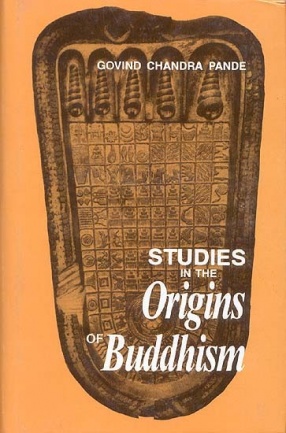Mithuna signifies a couple – a male and female. It symbolises the procreative duality. All the creation emantes from the union of this couple, be it any being. Mithuna figures distinctly appear in the Buddhist art from the 2nd C.B.C. onwards at the number of Buddhist sites. In Andhra, Mithunas predominantly appear in Amaravati, Goli and Nagarjunakonda site sculputed panels. Though some effort was made to unravel the significance of Mithuna art by historians, proper analysis seems not made and hence the inadequacy. Hence this endeavour. Nagarjunakonda and Amaravati art has the richest depiction of the Mithuna art. Though the Andhra art was studied as a whole by several scholars but emphasis was not given for study-ing the Mithuna art. In this book, an attempt has been made to study the subject particularly in-terms of art, its philosophy, concept and the necessity to introduce them in narrative panels of the Buddhist art.
Mithuna in Buddhist Art
In stock
Free & Quick Delivery Worldwide
reviews
Bibliographic information
Title
Mithuna in Buddhist Art
Author
Edition
1st ed.
Publisher
ISBN
8186050884
Length
xiv+64p., Plates; References; Bibliography; Index; 26cm.
Subjects





There are no reviews yet.